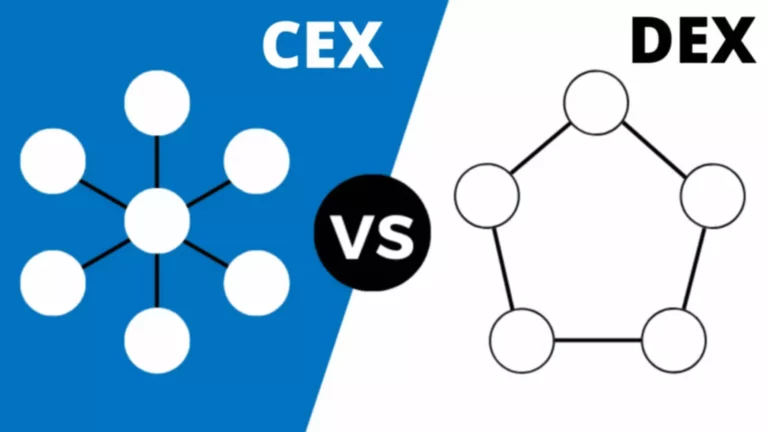Breaking down these silos is essential for a holistic data view, but can be challenging due to departmental barriers or incompatible data formats. The support includes regular checks and reviews to ensure the solution is working correctly and delivering the expected business value to your company. Based on the results of maintenance, you receive reports with predefined indicators and recommendations for improvements. To use big data, a financial institution must be mature enough, both from a business and IT perspective. Artificially, without the direct need and the existing infrastructure, this is impossible. As is the case with everything new and complex, the use of big data in the banking sector can have certain problems defined below.
Disruptive technologies that emerged recently are driving a major increase in the number of financial transaction devices. On the other hand, more reliable information is required to correctly assess customer needs for individual products. That leads to an increase in the amount of data that requires high-quality collection, structuring, and analysis. Since the virtual agent uses AI technology https://www.xcritical.in/ to analyze Avery’s data and identify behavioral patterns, it can accommodate their preferences and provide personalized responses without ever sacrificing the quality of service. Should Avery’s request exceed the virtual agent’s capabilities, or should they decide that they’d like to talk to a human, it will automatically escalate their request to a live service representative.
Raman et al. [64] provided a new model, Supply Chain Operations Reference (SCOR), by incorporating SCM with big data. This model exposes the adoption of big data technology adds significant value as well as creates financial gain for the industry. This model is apt for the evaluation of the financial performance of supply chains. Also it works as a practical decision support means for examining competing decision alternatives along the chain as well as environmental assessment. Sahal et al. [67] and Xu and Duan [80] showed the relation of cyber physical systems and stream processing platform for Industry 4.0.

Leading banks are making use of Big Data in big ways, from boosting cybersecurity to cultivating customer loyalty through innovative and personalised offerings that make modern banking a highly individualised experience. As big data is rapidly generated by an increasing number of unstructured and structured sources, legacy data systems become less and less capable of tackling the volume, velocity, and variety that the data depends on. Management becomes reliant on establishing appropriate processes, enabling powerful technologies, and being able to extract insights from the information. Ever-rising data volumes in banking are leading to the modernizing of core banking data and application systems through uniform integration platforms. Companies like Slidetrade have been able to apply big data solutions to develop analytics platforms that predict clients’ payment behaviors. By gaining insight into the behaviors of their clients a company can shorten payment delay and generate more cash while improving customer satisfaction.
Without this emphasis, business teams will fail to understand the power of analytics, and in turn, relationship managers, marketing teams, and credit underwriters will not be motivated to make the necessary changes in mind-set. Credit risk assessment is one of the main challenges for banks and is often troublesome for their clients. Traditionally, banks cooperate with other financial institutions that store and analyze the credit history of a certain client and estimate whether he or she is able to pay off a debt. By collaborating with Big Data, banks will be able to provide more improved services in a timely manner while reducing operational costs.
Banks like JP Morgan Chase and CitiBank are investing in data science companies that specialize in real-time ML and predictive modeling to enhance cybersecurity measures. Tracking transactions in real-time helps you identify habits, optimize performance, and predict profit growth patterns in consumer behavior, and offer services at the right time. The analysis provides development prospects by improving decision-making and responding to requests. In turn, all this requires the processing of larger amounts of information online. Transactions are accelerated and simplified, so there will inevitably be more of them.

In this sense Begenau et al. [6] stated that “More data processing lowers uncertainty, which reduces risk premia and the cost of capital, making investments more attractive.”. This paper seeks to explore the current landscape of big data in financial services. Particularly this study highlights the influence of big data on internet banking, financial markets, and financial service management. This study also presents a framework, which will facilitate the way how big data influence on finance.
“What it allows us to do is build a very good picture of a client like Ken as an individual – his preferences and financial aspirations,” he says. Let’s say Ken has a mortgage, a checking and savings account and a line of credit. Following this, the collected articles were screened and a shortlist was created, featuring only 100 articles. Finally, data was used from 86 articles, of which 34 articles were directly related to ‘Big data in Finance’. Table 1 presents the list of those journals which will help to contribute to future research.
No single bank teller in one location could keep up with Ken’s whereabouts and financial doings and know how best to meet his ongoing needs. Fortunately his bank still can, thanks to the new customer service model driven by digital intelligence. For customers such as Ken, data from traditional and digital sources create an electronic paper trail for ongoing discovery and analysis.
On the contrary, the company strives to use any available sources to determine the situation at a given moment. The company’s Australian branch relies on sophisticated predictive models to forecast and prevent customer churn. See this one pager to understand your journey to becoming a data-driven company.
- Our experts will advise you on the best practices and approaches to implementing big data technology.
- A trend report by CB Insights further emphasizes the role of digital transformation in banking, highlighting how leaders in the financial services industry are leveraging big data to redefine customer experiences and operational efficiencies.
- On the other hand, more reliable information is required to correctly assess customer needs for individual products.
The analysis of user behavior also generates additional amounts of data, but online monitoring is indispensable. By looking at Avery’s customer profile and service history, an American One employee can see that Avery prefers to do most of their banking online using the bank’s mobile app. Predicting life events and upcoming financial hurdles can help banks to develop customer loyalty and meet the real needs of its customers. How you use data is more important than how much data you have, and the finance industry has taken this reality to heart. More and more companies have begun applying big data in finance to extract rich insights from the wealth of information they have at their disposal.
In a competitive market, providing a high-quality user experience is critical. There is a requirement to know who your clients are and, in some cases, to anticipate their wants. As a result, financial institutions are shifting from a business-centric to a customer-centric big data in trading business strategy. Big data in finance refers to large, diverse (structured and unstructured) and complex sets of data that can be used to provide solutions to long-standing business challenges for financial services and banking companies around the world.
After successful completion of the loan payments, offer them another relevant one. Offer vacation trips on birthdays and anniversaries or special coupons to use credit cards when they are near a store. Banks have to deal with millions of potential people every day, and for all of this, they need data, lots of it. With potential customers coming in, banks have to deal with lots of potential data.
